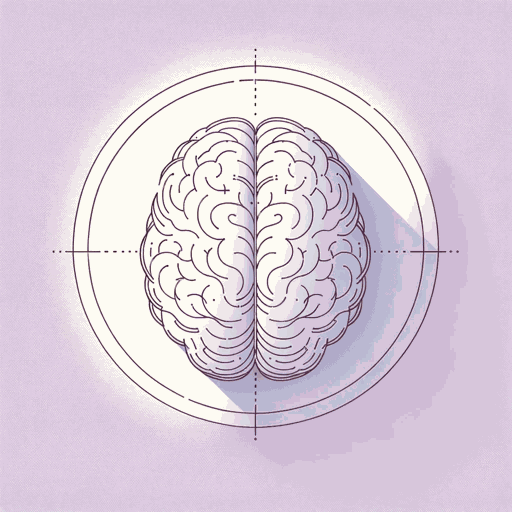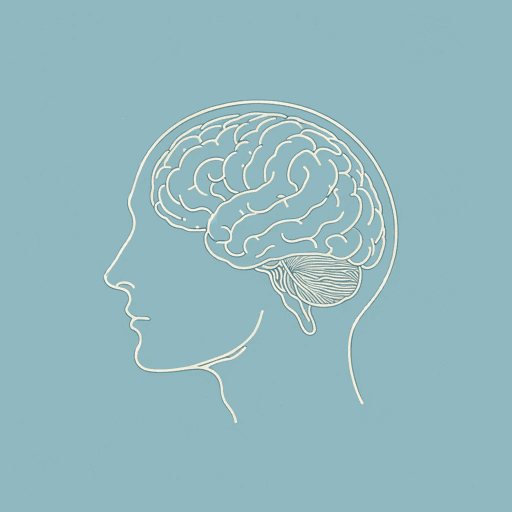56 pages • 1 hour read
David HumeA Treatise of Human Nature
Nonfiction | Book | Adult | Published in 1739A modern alternative to SparkNotes and CliffsNotes, SuperSummary offers high-quality Study Guides with detailed chapter summaries and analysis of major themes, characters, and more.
Book 3, Part 2Chapter Summaries & Analyses
Book 3, Part 2 Summary
Hume turns to what he describes as “artificial virtues,” which are virtues that come out of social and cultural norms. Specifically, Hume contemplates why he would pay back a loan a person gave him, asking if he would pay him back just because he was “train’d up according to a certain discipline and education” (351) or if he would pay him back in a world where ideas of justice are cruder. These questions lead Hume to assert that an action is only seen as a virtue if it shows that a person has a virtuous motive. For Hume, there is no virtuous motive for justice located within human nature. Our concern for the public good and our desire for a good reputation does not cover all cases of justice; our concern for our loved ones does not explain why justice is a universal value and our self-interest often works against justice. Hume concludes instead that the idea that justice is a social invention is “obvious and absolutely necessary” (536).
Using justice as a social construct as a starting point, Hume investigates why justice is invented. Justice comes out of mutual self-interest in order to have a functioning society that can manage and protect our rights, our property, and obligations to each other (542).
Related Titles
By David Hume




